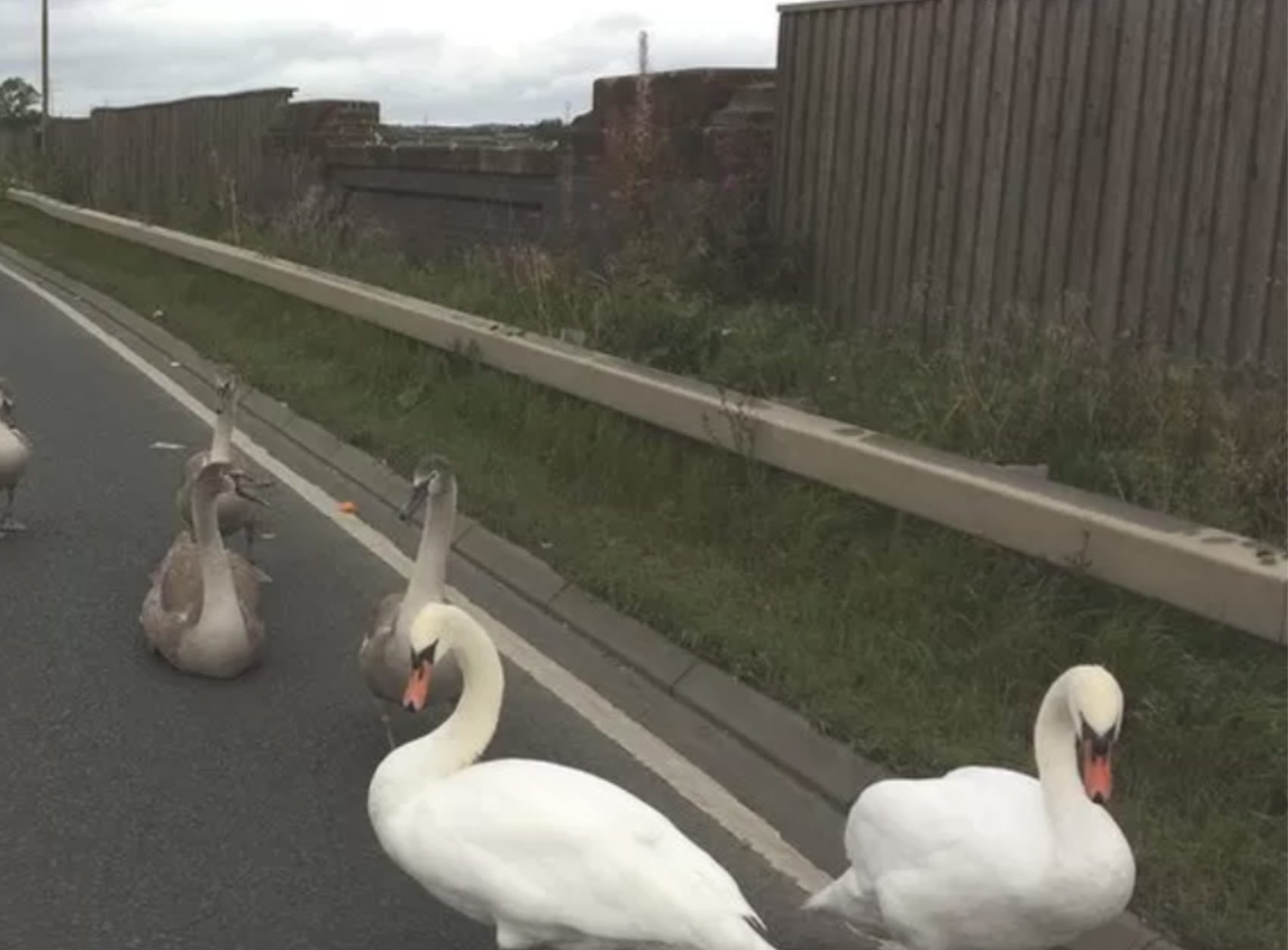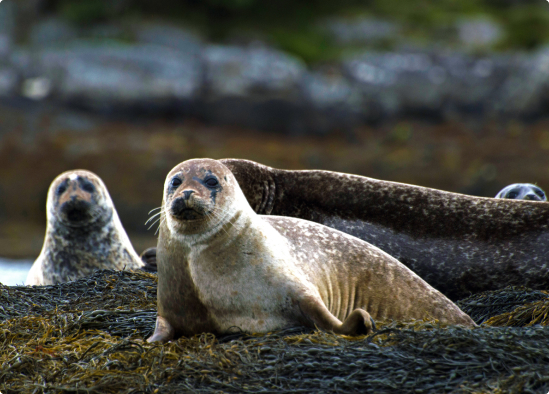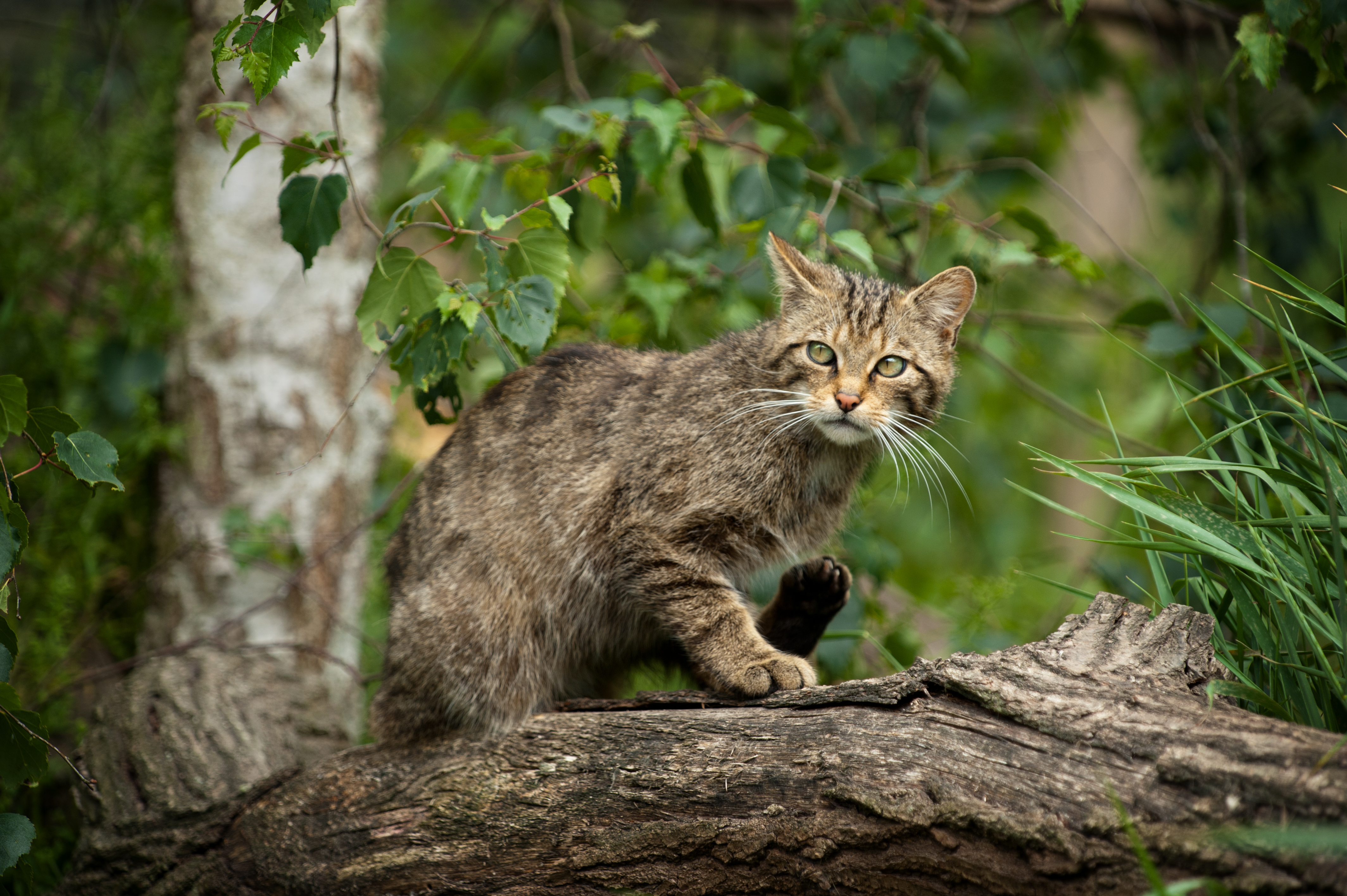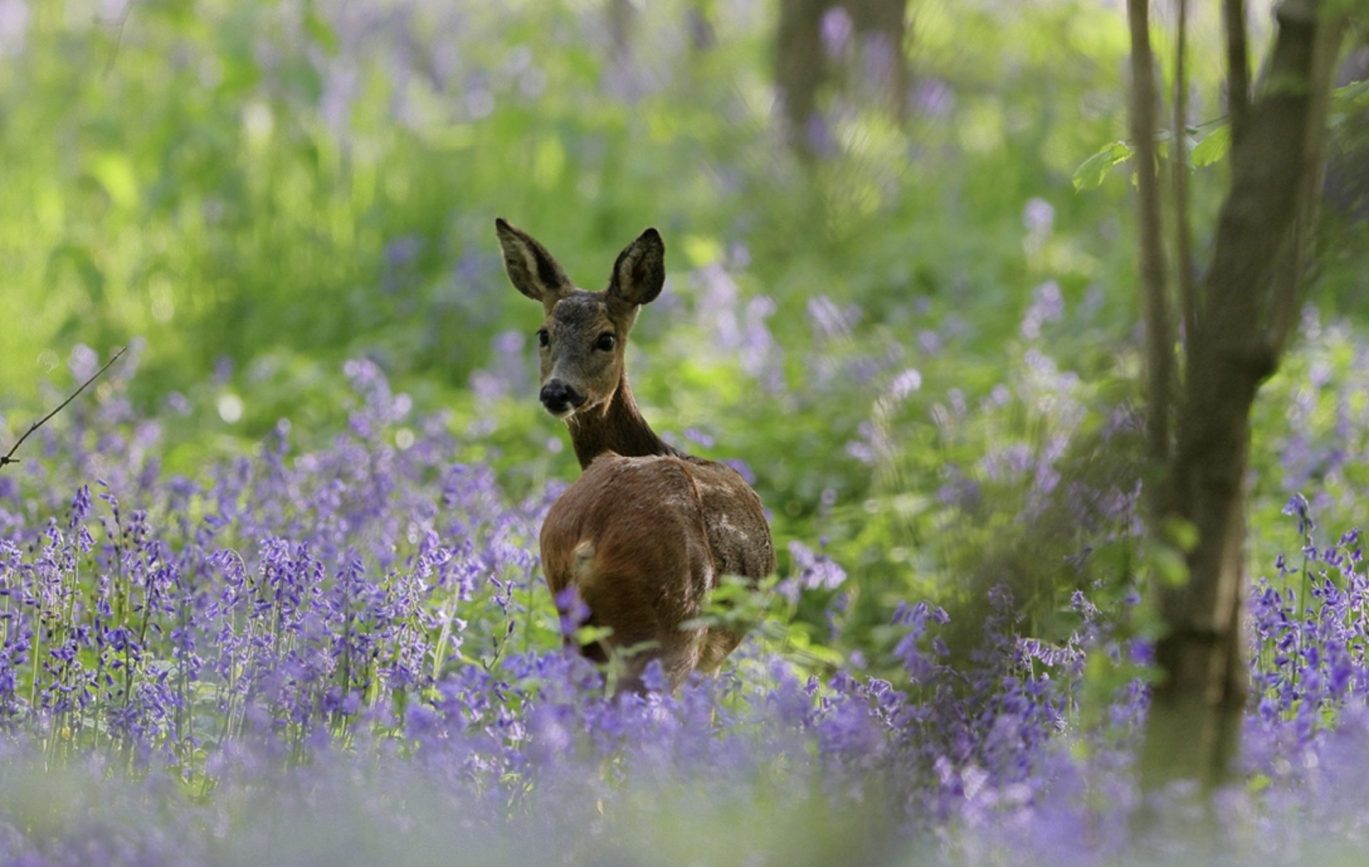
Deer
-
Learning about deer: from where they live and what they eat to caring for and coexisting with them
-
Red deer and roe deer are native species whereas fallow and sika deer have been introduced to Scotland through deliberate releases and escapes from country parks. Although extremely rare in Scotland, muntjac deer have also been spotted living in the wild.
A group of deer is called a herd, whilst males are referred to as stags or buck and females are known as doe or hinds.
Where deer live
Deer are widespread throughout Scotland, preferring woodland or hilly habitats. However, roe deer are increasingly being spotted in towns and cities. Deer usually rest in covered areas for protection.
What deer eat
There are slight variations in diet between species but all deer are herbivores meaning they like to graze on vegetation like grasses, heathers, shrubs, leaves and tree shoots.
Identifying different deer species
The majestic red deer is the largest species in Scotland. Measuring around 4ft at shoulder height, they can weigh up to 200kg. They have reddish-brown fur with a lighter rump. Stags (males) develop large antlers which they shed each year. Hinds (females) are smaller and have no antlers.
Smaller than red deer, roe deer weigh between 10 and 20kg and are around 75cm or less in height. Roe deer are a chestnut brown colour with a distinctive white rump and a bob tail. Bucks (males) have small antlers which have three points each when fully grown.
That’s wild!
Roe deer make a noise that sounds like a dog barking when they feel alarmed.
When are young deer (fawns) born?
Deer breeding season, also known as ‘the rut’, varies depending on the species. Red deer mate between September and November whilst breeding season for roe deer usually lasts from July to August.
Stags often have to fight off their rivals. These can be bloody battles which can end in severe injuries or even death.
Female deer give birth in late spring or early summer. For the first few months of their life, fawns are left hidden in long grass for protection whilst the mother forages. She will return every few hours to allow her fawn/s to suckle.
Abandoned fawns
If you come across a fawn on their own, do not touch or lift them.
It is normal for a mother deer to hide her fawn in long grass while she goes off to feed, however she is likely to still be nearby.
Sometimes, well-meaning people take a fawn from the wild after incorrectly assuming they have been abandoned. Fawns that come into our National Wildlife Rescue Centre can be incredibly hard to rehabilitate and, sadly, often die in transport or shortly after arrival due to shock. Deer do much better long term having been raised with their own kind rather than hand-reared.
If you have already taken a fawn from the wild, return them as close to where you found them as you can and monitor over the next 12-24 hours.
Common problems deer face
Capture myopathy
Deer are born with an incredibly strong fight or flight response and can often evade capture even when badly injured. They are so frightened of humans that our interference can cause such extreme stress that they can actually die from it, a phenomenon known as capture myopathy.
Deer in built-up areas
Generally, deer are able to get out the same way they came in providing the exit has not been blocked. Deer are incredibly agile and have fantastic jumping capabilities.
We cannot move deer on from residential locations unless they are injured or showing signs of sickness. Being approached by humans would cause unnecessary stress and can be seriously detrimental to their welfare, sometimes even resulting in death from shock.
They should be left alone and monitored from a distance for a few hours if possible. They will usually find their own way home.
Injured or sick
Keep a safe distance. Even when deer are injured or sick, they can still be unpredictable, particularly when they feel scared or threatened, which can lead to injury for the animal or yourself. Click here for more advice on sick or injured animals.
Deer can experience lameness or limping but still be able to move very quickly. Unfortunately, if the deer is still mobile, the chances of being able to safely capture the animal to carry out an assessment are very low. Moreover, deer are born with a very strong flight response so our intervention is highly likely to cause such extreme stress that the deer would suffer far worse welfare issues as a result, including further injury, stress leading to capture myopathy or even death.
Trapped
If you come across a deer trapped in a fence or gate and it cannot get free, call our helpline on 03000 999 999. Our helpline team will ask questions and for details of the exact location so they can establish more about the incident.
Give the deer plenty of space. They will be very frightened and can cause serious injury to you or themselves.
Deer on the roads
Sadly, one of the greatest threats to deer is being hurt or killed in road traffic accidents, however, most of the time they will stay away from busy roads. Click here for further advice.
Hunting
We strongly oppose the killing of any animal for ‘sport’ but unfortunately, deer hunting remains a popular activity in Scotland during open season.
It is an offence to kill deer by any means other than shooting, and to shoot deer during closed seasons without a valid licence. In order for shooting to be legal, the hunter must have the permission of the land owner during open season. Closed seasons vary by deer species and sex of the deer targeted.
If you suspect a crime has been committed, you can report it to Police Scotland’s wildlife crime unit by calling 101.
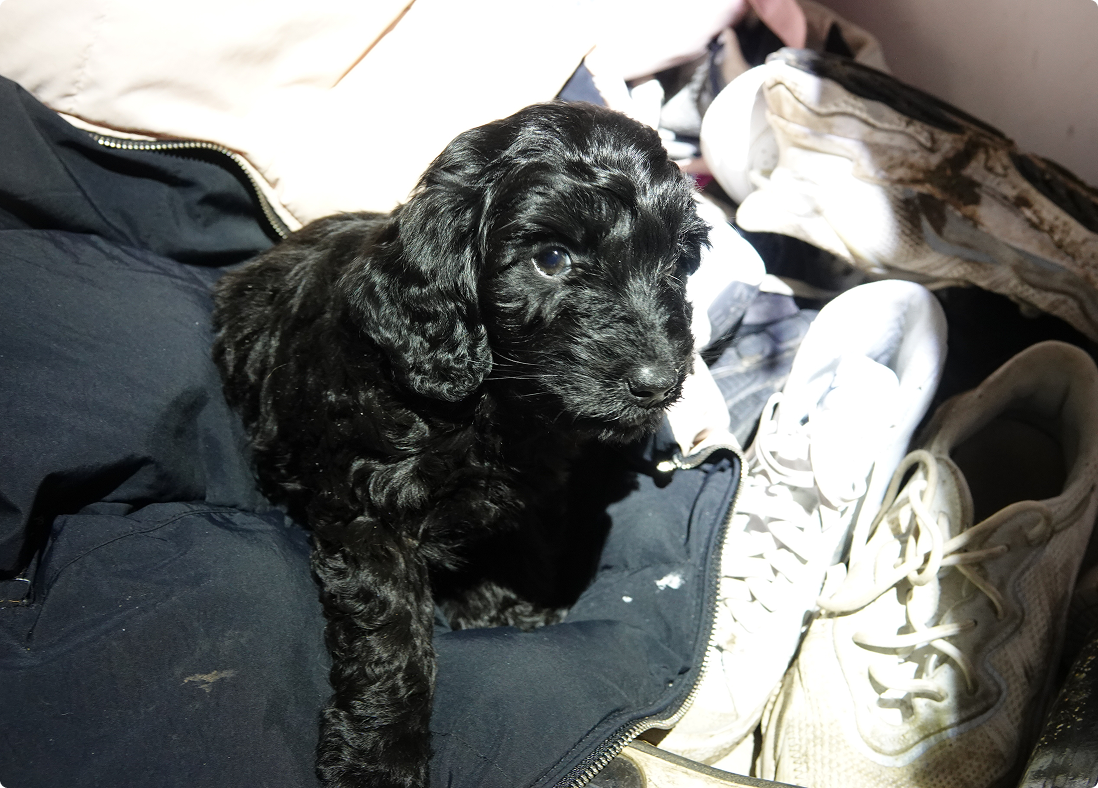
Puppies across Scotland need your help
Please consider giving a monthly donation today. Give Scotland’s animals the gift of safety this winter and beyond. The criminals involved in the low-welfare puppy trade never stop. And with your help, neither will we. Every £1 matters to puppies like Winnie.
